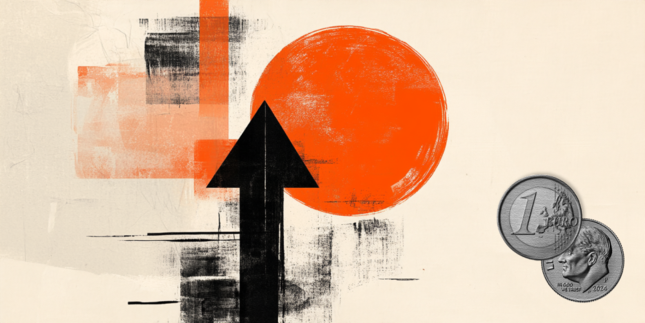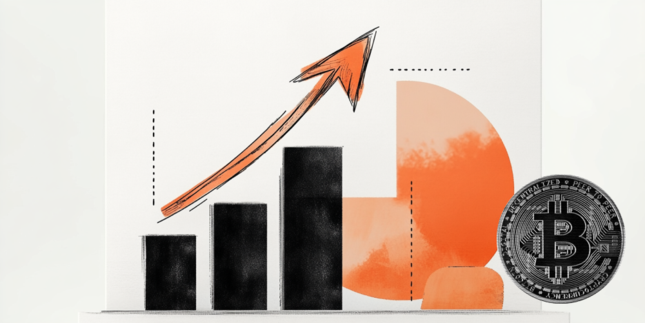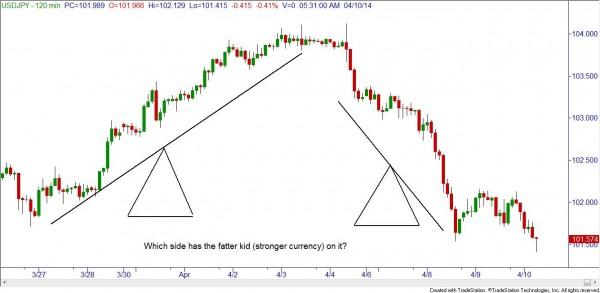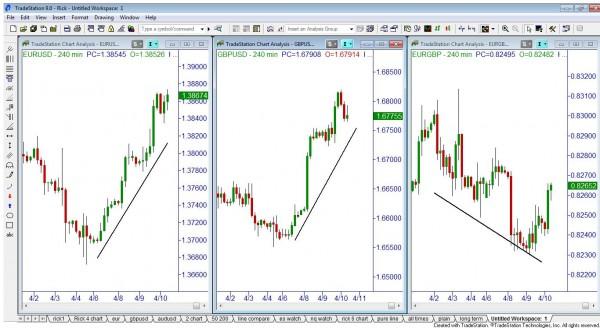![]()
Hello traders! This week’s article will try to explain a bit about relative strength between individual currencies, help you choose which pair to trade, and suggest a couple of rules for your trading plan.
In the Online Trading Academy Forex classes that I teach, obviously the topic of charts comes up, along with which currency is getting stronger vs. another when looking at the chart. An easy (and somewhat politically incorrect) way of remembering how the charts work is to think about a teeter totter or see-saw from our childhood playgrounds. When looking at that teeter totter from the side, if the right side is pointing up, the kid on the left side of the teeter totter is fatter than the kid on the right side. In the currency market, the base (currency on the left) is getting stronger than the quote (currency on the right). If the teeter totter is pointing down, the kid on the right side of the teeter totter is fatter than the kid on the left, which in forex means the quote is strengthening vs. the base currency.
One technique shown in class is how to compare individual currencies by looking at several different pairs that have the currency in it. With the US dollar, we have the US dollar index which can give us an idea how strong or weak our US dollar is. But if you want to judge the British Pound for example, one technique is to look at the GBP vs. several different currencies to gauge the GBP strength. Chart the EURGBP, GBPJPY, GBPCAD, GBPAUD, GBPCHF, etc. If the GBP is on the fat kid’s side of the teeter totter on most of the charts, you can assume that the GBP is relatively strong vs. most currencies, which might mean you would look for long trades of the GBP.
Another way to use our fat kid on the teeter totter playground analogy is when choosing an individual pair to trade. Say, for example, your trading plan allows you to enter one trade at a time. You are looking at the EURUSD pair and the GBPUSD pair, but are unable to choose which pair to trade. Which one should make you the most pips? My suggestion is to figure out who is the fattest kid (strongest currency) on the playground and who is the skinniest kid (weakest currency.) In the following three charts we are having a teeter totter contest, with each kid being paired up one at a time vs. the other kids.
In the first chart, the EURUSD, who is the fatter kid? If you answered the EUR, you are correct! Give the EUR one point. In the middle chart, the GBPUSD, who is the fatter kid? If you answered GBP, you are correct, give the GBP one point. In the third chart, the EURGBP, who is the fatter kid? If you answered GBP, you are correct! Give the GBP another point. So what is the final tally? GBP 2, EUR 1, USD 0. On our imaginary playground, the GBP is the fattest kid (strongest currency) and the USD is the skinniest kid (weakest currency.) So the trade that should make the most pips is the GBPUSD.
Before we get too much further in this week’s newsletter, I do want to mention the lines drawn on the charts. I was using the trend line tool to draw in the lines, but to you experienced traders out there you know the trend lines weren’t drawn as tradable trend lines, just as teeter totter examples! So please, no angry emails about drawing trend lines wrong!
Another note about using this technique to judge relative strength. In the Online Trading Academy core strategy, we teach to buy in quality demand zones and sell in quality supply zones, trading in the direction of the larger time frame trend. When using the recommended three time frames (large time frame for trend, medium time frame for zones, small time frame for entry), which of your time frames should you use to compare the relative strength of your currencies? If you said the large time frame, give yourself a point!
As promised, our last topic is a couple of potential rules for your trading plan. If you’ve been reading our newsletters for months, been to class, watched our online classes (the Extended Learning Track), you have been exposed to the concept of the trading plan. I hope you have one written out! If you have never been to one of our classes, a trading plan is a set of self-determined rules that you will follow to hopefully make some pips in this market. If you have no plan, your chance of success is severely limited. A few things that need to be in your plan are risk management rules, trading strategies, how you will continue your learning process, etc.
My first suggested rule is geared primarily to new traders. The rule is stated as “I will enter only one position at a time. When my stop loss is at break even or better on this first trade, I can then enter a second position. A third position will only be entered when the stop on the second position is at break even or better.” A second rule could be that you have no more than three forex positions on at one time for your first 30-60 days of trading. The main reason for this is that new traders often get stressed out when trying to manage multiple positions. Why add unnecessary stress to your trading career?
I hope these techniques will help you make a few more pips in the forex market, so until next time.
This content is intended to provide educational information only. This information should not be construed as individual or customized legal, tax, financial or investment services. As each individual's situation is unique, a qualified professional should be consulted before making legal, tax, financial and investment decisions. The educational information provided in this article does not comprise any course or a part of any course that may be used as an educational credit for any certification purpose and will not prepare any User to be accredited for any licenses in any industry and will not prepare any User to get a job. Reproduced by permission from OTAcademy.com click here for Terms of Use: https://www.otacademy.com/about/terms
Editors’ Picks

Gold surges to fresh record high above $3,400
Gold extends its uptrend and trades at a new all-time high above $3,400 on Monday. Concerns over a further escalation in the US-China trade war and the Fed’s independence smash the US Dollar to three-year troughs, fuelling XAU/USD's rally.

EUR/USD clings to strong gains near 1.1500 on persistent USD weakness
EUR/USD gains more than 1% on the day and trades at its highest level since November 2021 near 1.1500. The relentless US Dollar selling helps the pair push higher as fears over a US economic recession and the Federal Reserve’s autonomy grow.

GBP/USD tests 1.3400 as USD selloff continues
GBP/USD continues its winning streak, testing 1.3400 on Monday. The extended US Dollar weakness, amid US-Sino trade war-led recession fears and heightened threat to the Fed's independence, underpin the pair following the long weekend.

How to make sense of crypto recovery – Is it a buy or fakeout
Bitcoin (BTC), Ethereum (ETH) and XRP, the top three cryptocurrencies by market capitalization, extend their last week’s recovery on Monday, even as trader sentiment is hurt by the US President Donald Trump’s tariff policy and announcements.

Five fundamentals for the week: Traders confront the trade war, important surveys, key Fed speech Premium
Will the US strike a trade deal with Japan? That would be positive progress. However, recent developments are not that positive, and there's only one certainty: headlines will dominate markets. Fresh US economic data is also of interest.
RECOMMENDED LESSONS
Making money in forex is easy if you know how the bankers trade!
Discover how to make money in forex is easy if you know how the bankers trade!
5 Forex News Events You Need To Know
In the fast moving world of currency markets, it is extremely important for new traders to know the list of important forex news...
Top 10 Chart Patterns Every Trader Should Know
Chart patterns are one of the most effective trading tools for a trader. They are pure price-action, and form on the basis of underlying buying and...
7 Ways to Avoid Forex Scams
The forex industry is recently seeing more and more scams. Here are 7 ways to avoid losing your money in such scams: Forex scams are becoming frequent. Michael Greenberg reports on luxurious expenses, including a submarine bought from the money taken from forex traders. Here’s another report of a forex fraud. So, how can we avoid falling in such forex scams?
What Are the 10 Fatal Mistakes Traders Make
Trading is exciting. Trading is hard. Trading is extremely hard. Some say that it takes more than 10,000 hours to master. Others believe that trading is the way to quick riches. They might be both wrong. What is important to know that no matter how experienced you are, mistakes will be part of the trading process.

The Best brokers to trade EUR/USD
SPONSORED Discover the top brokers for trading EUR/USD in 2025. Our list features brokers with competitive spreads, fast execution, and powerful platforms. Whether you're a beginner or an expert, find the right partner to navigate the dynamic Forex market.


